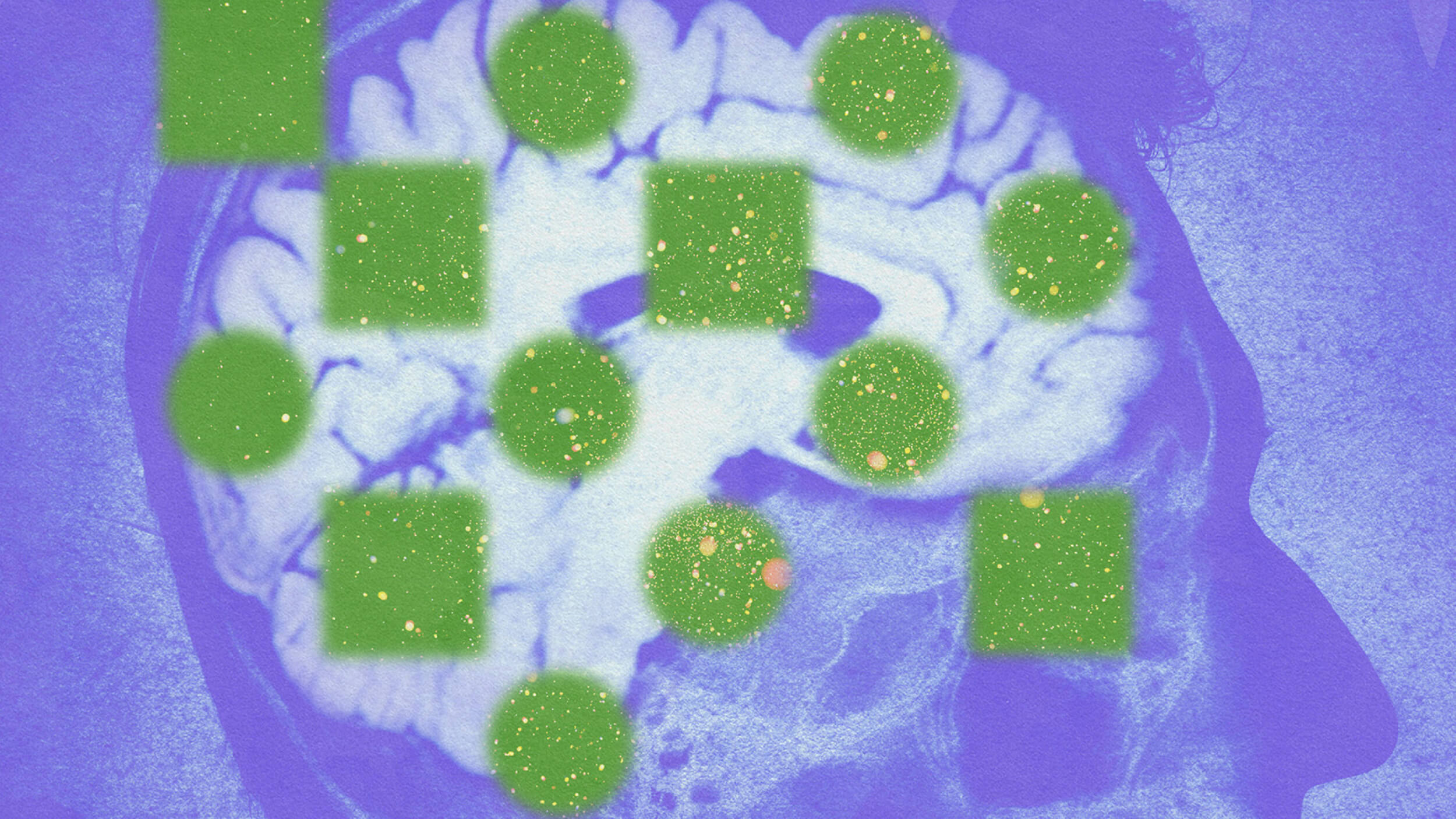Dan Shapiro outlines his five core concerns of negotiation.
Dan Shapiro: Working now across the continents with leadership from government, from business, and people really at all levels of organizations, what I found is a tendency for people in negotiation to focus on the facts and the figures -- the numbers -- when in fact so much of what drives our negotiations is more than just that rational component but that component that’s beyond reason; the emotional component.
You know, think about a conflict in your own life right now. It could be personal; it could be professional, at work with a colleague, your boss, but call to mind a conflict right now. How are you dealing with that emotional dimension, with your frustration, with the resentment that you know that other person is holding about you? And it gets complicated. There are hundreds of different emotions according to many emotion researchers, hundreds of different emotions. How are you supposed to try and figure out which emotions you’re feeling, the other person’s feeling, what the causes of the emotions are. It’s overwhelming. But you can’t ignore these things called emotions. They are with you. They are with that other person you’re having a conflict with. So what are you supposed to do?
And so my colleague, Roger Fisher, and I, what we did was we ultimately tried to boil down this complex sea of emotions into a handful of things that we call Core Concerns -- matters that are important to all of us. And your ability to deal with these core concerns, five of them, will bring you power.
The first of the core concerns is appreciation. Do you feel heard and understood and valued by that other person? This concept of appreciation is incredibly powerful in predicting everything from marital stability over time to organizational success, to team work, effective productive teamwork over time. Appreciation is incredibly powerful. Do you feel appreciated by that other person in the negotiation? And this is the tough part. . . . Do you think they’re feeling appreciated by you?
Second of our core concerns is autonomy. Autonomy is the freedom to make decisions without somebody else imposing a decision on you. It’s the difference between my coming in and telling you what to do versus my saying, “Look, I love your advice. Let me get your consult. Let me get your input; there’s a decision that’s being made, I’d love to get your perspectives on this.” The one situation I’m impinging upon your autonomy and the other I’m trying to respect your autonomy. You know, you walk in with a proposal that rationally meets the other side’s interest better than anything they can dream of. You walk in to that negotiation and you tell that other party, “Here’s the proposal; take it or leave it.” Guess what they’re more likely to do? To leave it. It has nothing to do with the rationality of the negotiation; it has everything to do with the process. with whether that other person’s autonomy feels respected or imposed upon, impinged upon.
Core concern number three is affiliation. What’s the emotional connection like between you and that other person, and that other group? Do you feel close and connected or do you feel distant, alienated, treated like an adversary? And in a negotiation, how do you shift it? How do you shift the energy so it’s not not me versus you, but it’s the two of us sitting side by side? It’s a totally different way of thinking about negotiation, ultimately, generally speaking, much more effective than the adversarial positional approach.
Fourth of these core concerns is status, you know, who’s up, who’s down, who feels respected for their status, who feels disrespected. That other negotiating side walks in and says to you, “Okay, well, as the only female in this room, what’s your perspective?” or “As the only person who’s aged 22, what’s your per--?” You start to feel put down in terms of status. It helps nobody because instead of getting your input, they’re pushing you away. We’re no longer in the negotiation able to benefit from the good thinking that’s in your mind. So the big advice here, respect people’s status.
The fifth of our core concerns is role. Do people have a fulfilling role, a meaningful role in the negotiation? So as you are negotiating with your family member tonight, with that spouse that you’ve been having trouble with; as you’re negotiating tomorrow morning on that project management team with that difficult other colleague, how do you try and craft roles that actually can help you work more effectively? So instead of automatically playing the role of adversaries -- me versus you -- might you invite the other person into a different kind of role. “Oh, let’s sit down for five minutes right now and just try and problem solve these differences together.” You’re joining them, or inviting them to join you in the role of problem solver, or “Look, would you mind just playing devil’s advocate with me for about five minutes?” I’ve now invited you into the role of devil’s advocate. And you have great power to actually structure the roles that you play and the others play in the negotiation to help you reach some sort of mutual gains, where you both are better off than you otherwise could be.
Before your next negotiation, my recommendation to you, walk through these five core concerns. You don’t need to do it more than five, ten minutes, but just think through from your perspective in your upcoming negotiation, how might you have a desire for appreciation? In what ways might you fear that you’re autonomy is going to be impinged upon, that the other side’s going to try to force some decision on you? In what ways might you fear that the affiliation with the other side’s going to be disconnected, you know, they’re going to try and treat you like an adversary? And most important, before your next negotiation, think through which of these five core concerns might I try to better address in the other person?
And one final point; one of the really cool things about these five core concerns is that before your next negotiation you already know five things about that other person. This might be your first interaction with that other person; you’ve never met them before, but you already know five things about that person. That person wants appreciation. They don’t like their autonomy impinged upon. They want to feel a sense of affiliation, of connection. They don’t want to feel put down in terms of status. And they want a role that makes them feel good, useful, that they’re doing something that’s meaningful and not that they’re simply digging ditches just to fill them up again.
So prepare before your next negotiation, walk through these five -- five minutes -- and you will walk in much more prepared, a more powerful negotiator, ultimately.
Directed / Produced by
Jonathan Fowler & Elizabeth Rodd






